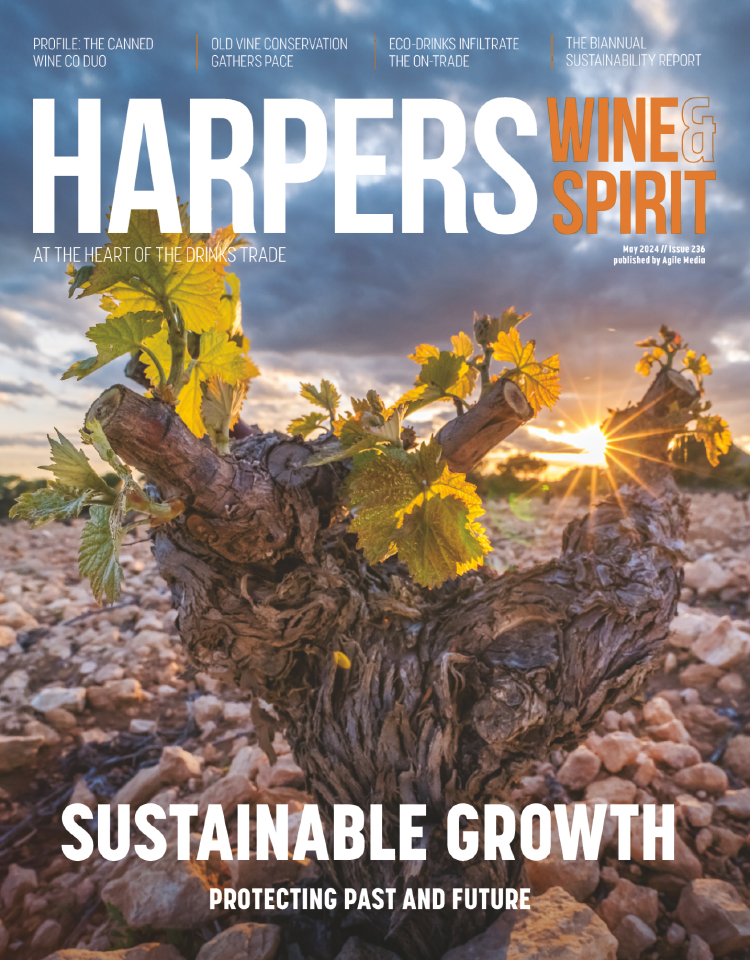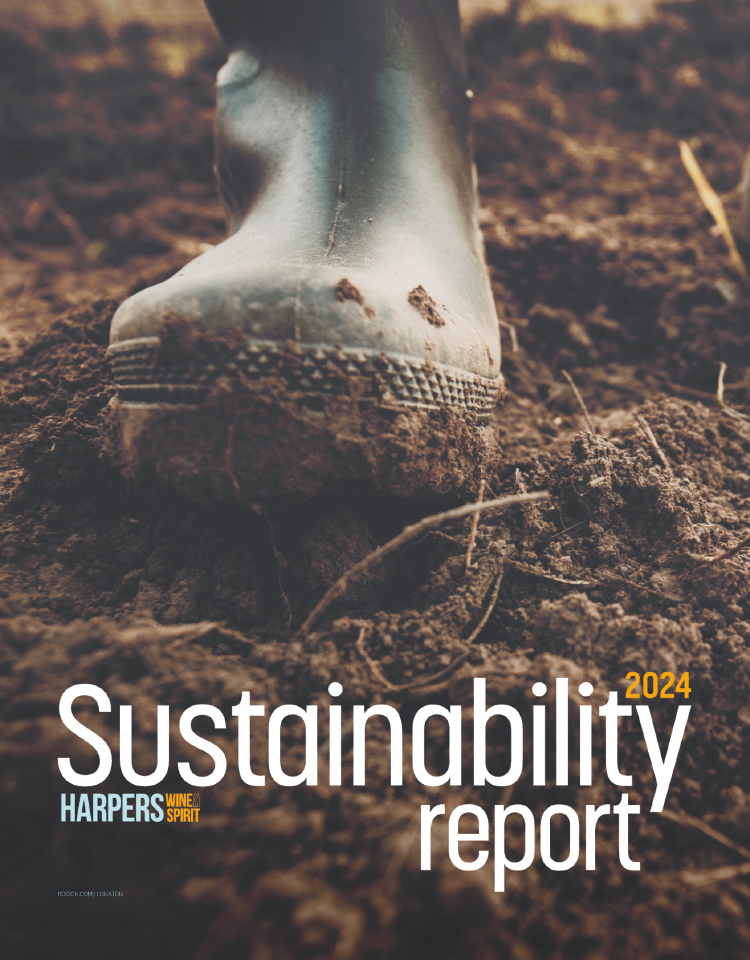
Burgundy report: Good weather bodes well for 2017 following 2016 shortages
By Jason Haynes, Burgundy Specialist at Flint Wines
Flint Wines’s Burgundy specialist Jason Haynes has just returned from Burgundy’s vineyards following a recent 10-day stint in the region.
Here, he has the latest updates on how the growers and the vineyards are faring in 2017 while looking back the challenging shortages of the 2016 vintage.
As the 2017 Tour de France circus pulled out of Nuits-St-Georges at the end of last week following a dramatic final sprint to the line through the vineyards of the Côte de Nuits (a mere 6mm separated first and second despite having raced for five hours in gruelling heat), rainstorms returned to the Côte d'Or.
The weather brought with it some welcome rain and respite from the sapping temperatures, although the freshening storms on the Monday evening also brought with them some unwelcome hail.
Damage was thankfully not catastrophic.
Had it been, it would have been an enormous shame, as the vineyards were looking in fabulous condition.
Since the frost scares of late April, when temperatures dipped below freezing but just avoided going too low to destroy well-advanced buds, the weather in Burgundy has been terrific.
A quick and even flowering took place in perfect conditions and vignerons have enjoyed a relatively relaxed growing season ever since.
This of course, is in stark contrast to the traumas of 2016, which were physically draining and mentally demoralising for so many growers.
With two months to go to harvest (picking dates are scheduled for early September) everyone is crossing their fingers that nature will be kind and bless the vineyards with more bright, uneventful weather.
No-one wants to tempt fate. But so far, things look good.
2016 vintage: Low yields but high quality
Let’s pause for a moment and jump back to last year and the 2016 vintage.
For many, especially those in the Côte de Beaune, 2016 was a year that almost broke the camel's back, following on from a string of small vintages.
Some growers with vineyards in Savigny, Beaune and Pommard lost between 75% and 100% of their crop in 2016 thanks to devastating frost, and have now lost the equivalent of three vintages in six, which is not sustainable long term.
If hail were to strike late and ravage this year’s harvest, the future of some domaines could be in very real danger.
Typically of Burgundy’s very localised character, volumes vary enormously from village to village.
For example, Chassagne was decimated by frost, yet many of Meursault's vineyards escaped. Chambolle was hit badly, but neighbour Morey did pretty well.
On a positive note, the quality of the wines looks to be excellent.
Less powerful than 2015 but riper than 2014, 2016’s reds have a lovely streak of freshness running through the middle.
The whites are quite rich, as one might expect from such small yields, but they seem harmonious and in balance.

|
Jason Haynes. Photo by Jon Wyand |
Shortage on white means a good opportunity for lesser-known appellations
The big issue for 2016 will undoubtedly be availability.
There is already a shortage of certain white appellations in the market and the lack of 2016 is only going to compound this issue.
Core restaurant wines such as village Chassagne and St Aubin 1er Cru will be like gold dust next year and sommeliers will need to look to alternative appellations such as Auxey Duresses and Saint-Romain, to shore up the gaps.
Good news for them.
But low yields caused real difficulties for many Côte de Nuits domaines which were down by as much as 50%.
There just weren't that many bunches on the vines and, consequently, many domaines harvested in record times.
So what they did harvest was in good condition – there just simply wasn't very much of it.
Re-discovery of older vintages
As well as boosting the profile of under-the-radar white appellations, the shortages of 2016 will also open up opportunities for some older vintages to restate their case.
For example, while it was unfortunate for the 2015 to have had to follow the stunning 2014, many of 2015’s wine are now looking lively, fresh, full of personality and, crucially, very stable.
Likewise, 2011 is another vintage which now has the opportunity to shine.
It is a more concentrated version of 2007 which are now drinking beautifully - 2007 is the go to vintage on restaurants’ wine lists.
Six years on, the 2011 wines are gaining weight and expressing their true character and red fruit intensity and are still just beginning to show their true colours.
The market is still lagging behind in terms of price and there are plenty of bargains about.
But if these wines do indeed prove to be better than the 2007s are now, then in four or five years’ time they will be delicious.
Keeping the UK on-side
The lack of supply of 2016 is that the top wines will most likely be snapped up en primeur in January and disappear from the market for ever.
Prices of both colours may rise a little, but the Burgundians have a much more pragmatic approach than some of their peers in other regions and they realise that the market won't accept big hikes at the moment.
There were some increases last year, which were a reflection of the size of the 2016 vintage as much as the quality of the 2015 vintage, so there will be less need for comprehensive price rises this time round.
The UK remains a crucial market for Burgundy and the savvy current generation of winemakers will not wish to alienate buyers, especially with the current exchange rate exacerbating any increases.






